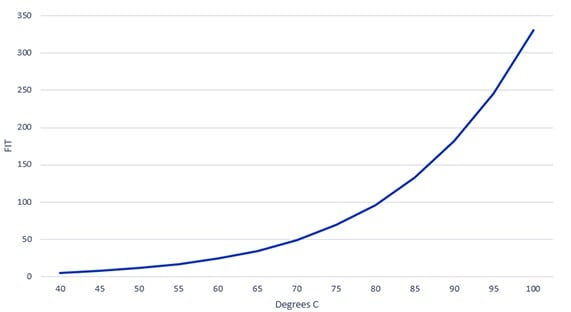Live Chat
Need Help?
Privacy Policy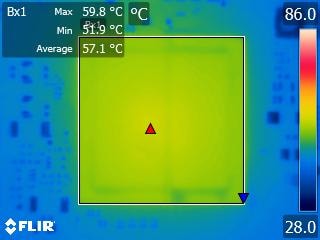
Microchip Polarfire FPGA 3.5W, 59.8°C, 24.2 FIT, 28nm
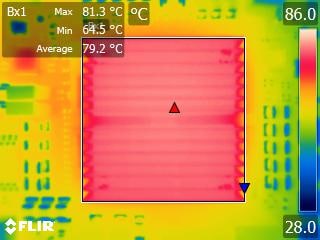
Competitor X FPGA 6.0W, 81.3°C, 96.3 FIT, 16nm
Microchip FPGAs and SoC FPGAs consume up to 50% lower total power than competitive FPGAs. Our nonvolatile process delivers FPGA families that are live at power-up with minimal in-rush current, and significantly lower leakage than SRAM-based alternatives. Take it one step further; run a power benchmark with our power estimator. Seeing is believing.
- Fanless enclosures with small/no heat sink
- Increased thermal headroom for more compute capability
PolarFire FPGAs and PolarFire SoCs—Low Power by Design
The PolarFire family of devices is built and designed for low power. We use a proven low-power 28 nm CMOS process for wafer fabrication and we’ve designed the FPGA fabric for low static power consumption. We also use state-of-the art transceiver designs to minimize total transceiver power. The PolarFire FPGA delivers the lowest power in the smallest form factors in a mid-range FPGA to give you more compute capability within a fixed power or thermal budget.
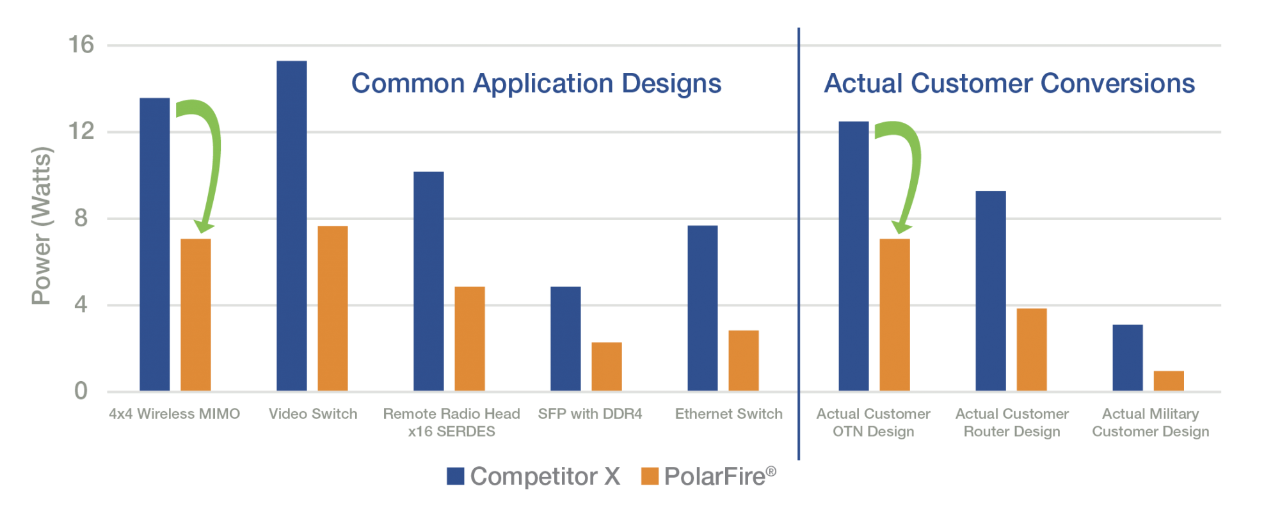
The CoreMarks® per Watt benchmark measures the power consumption of competitive SoC FPGAs using available power estimators. The entire device is powered while only the processor subsystem is operating. It is a chip-to-chip comparison, not a CPU-to-CPU comparison. Power is measured at worst-case process and 100°C Tj.
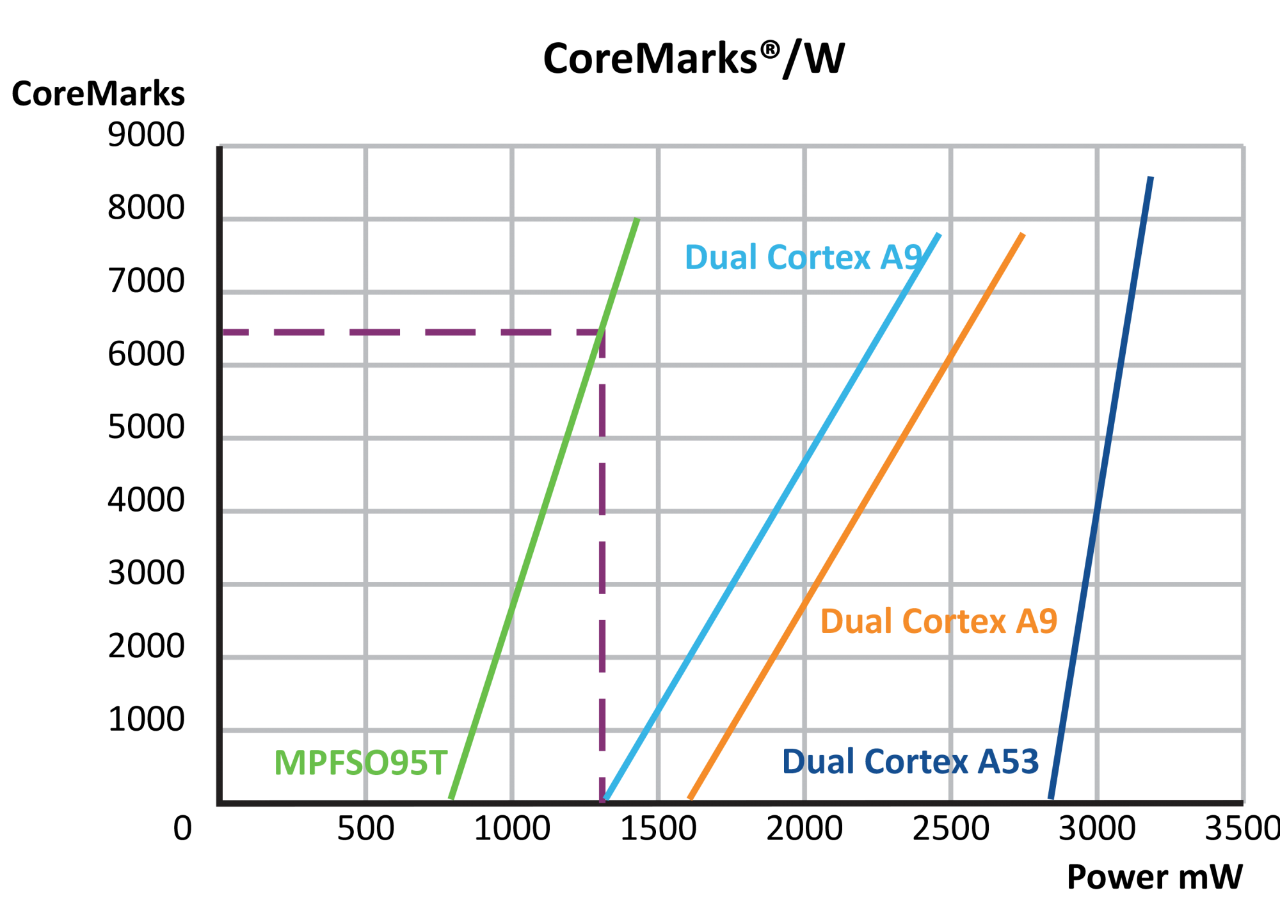
New PolarFire MPFS025 SoC Performance
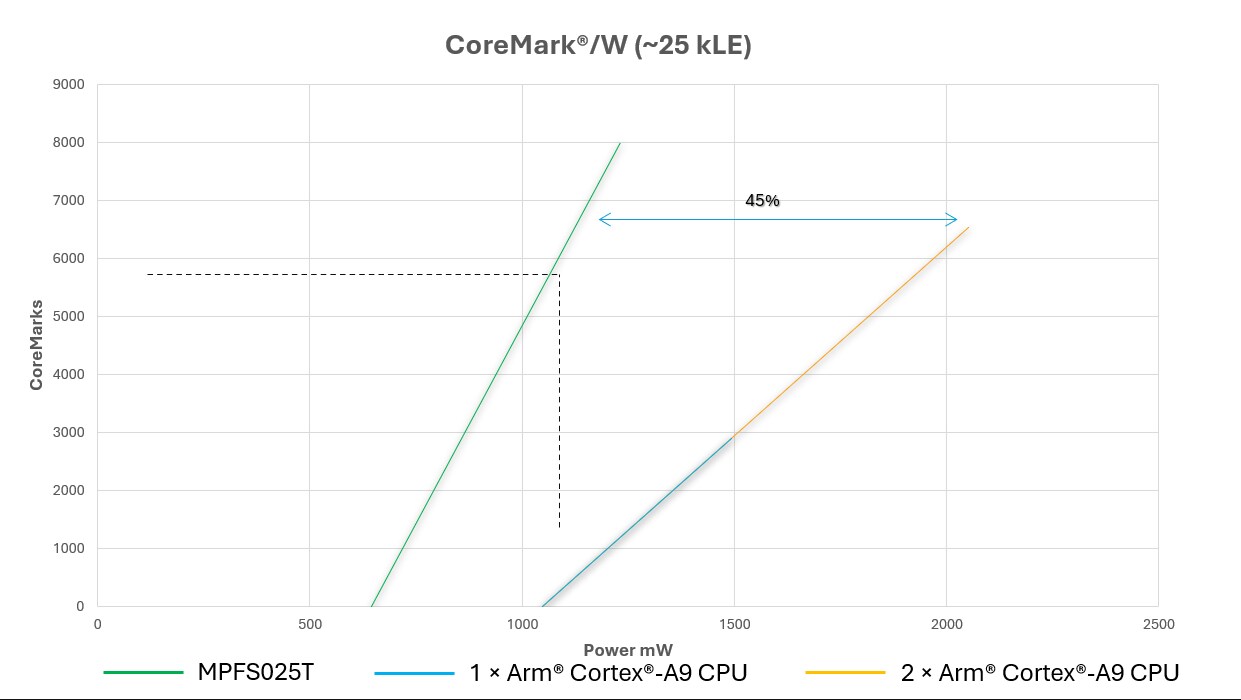
Thermal Runaway
Thermal runaway can be a problem for SRAM FPGAs. Use power estimators to sweep the temperature to determine when a heat sink is needed for SRAM FPGAs.

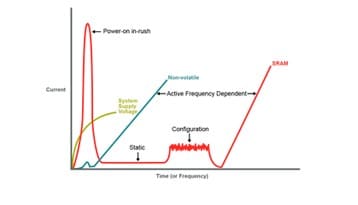
Minimal In-Rush and Zero Configuration Current
SRAM FPGAs require a complex power up and reset sequencing. High in-rush currents occur during device initialization and configuration. Leveraging our SoC FPGAs simplifies sequencing requirements and components, reducing system cost, design complexity and board space.
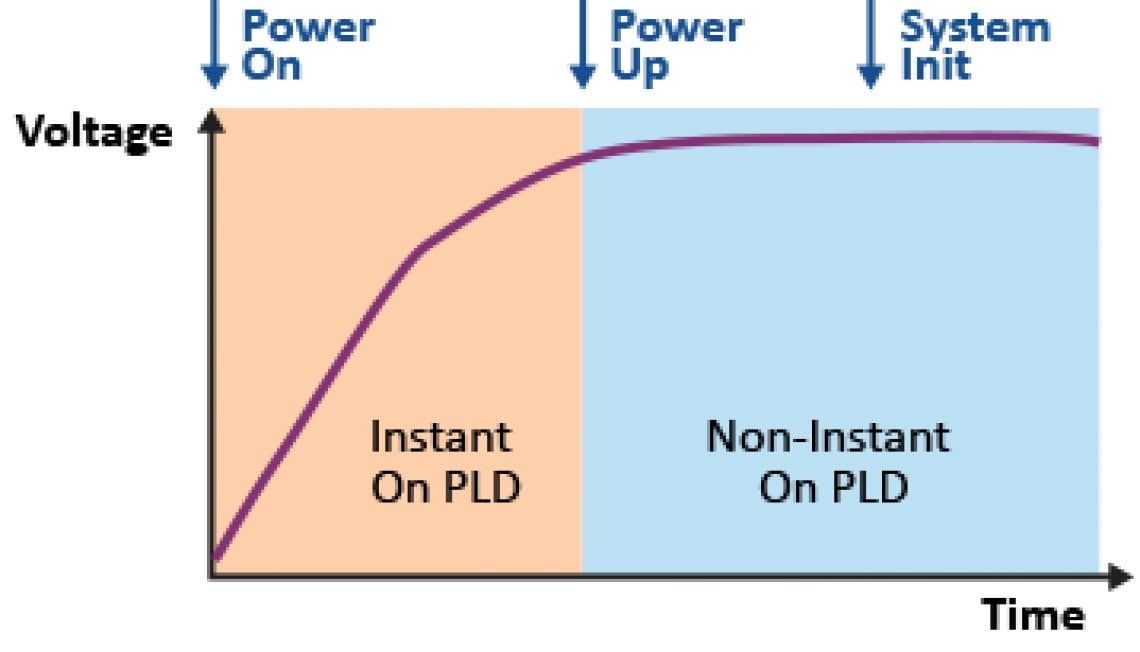
Instant On
Our instant-on FPGAs assist in system startup tasks, system configuration and supervision. Instant-on functionality simplifies power-up sequence requirements with fewer components and lower cost while enhancing security and reducing initialization time.
